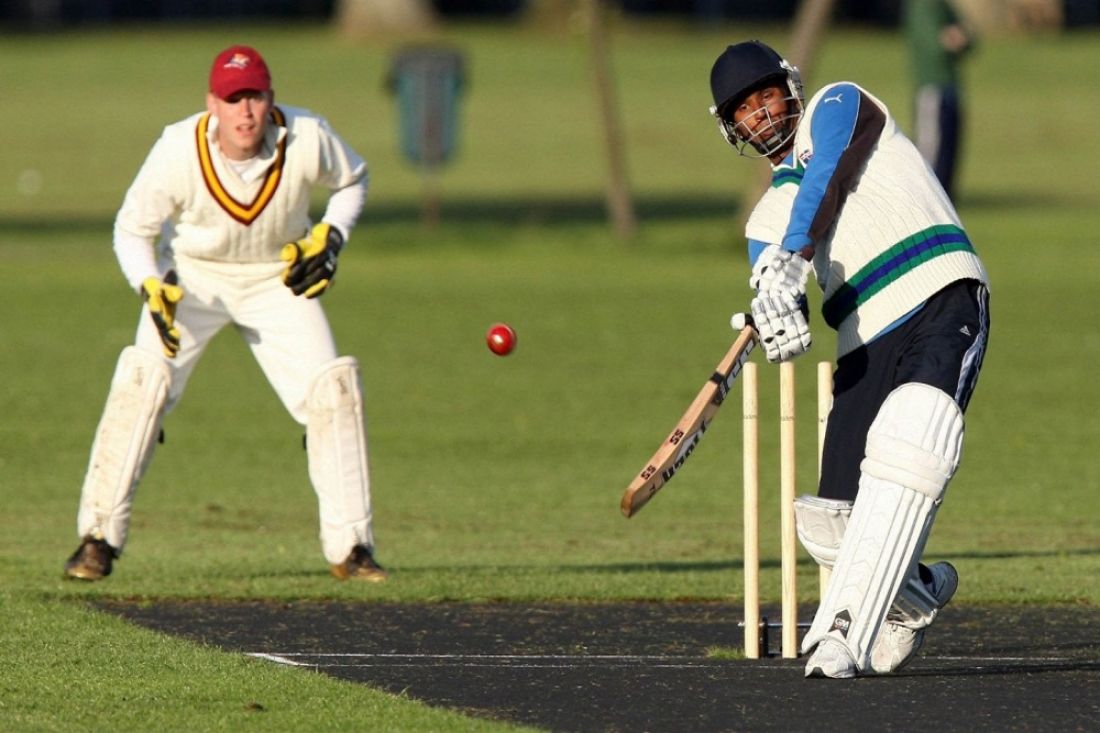Which Word Is Most Associated with Cricket?: Cricket, often referred to as a sport of subtle nuances and rich traditions, boasts a unique lexicon that reflects the game’s complexity and cultural significance.
For both seasoned fans and newcomers to the sport, certain words are intrinsically linked to the game, embodying its spirit, strategy, and history. But if we had to choose one word that is most strongly associated with cricket, it would undoubtedly be “bat.”
The Bat: A Symbol of Cricket’s Essence
At its core, cricket is a game of bat and ball, where the bat plays a pivotal role. The bat, made from willow wood, is not just a piece of equipment; it is a symbol of the sport itself. Without the bat, there would be no runs, no boundaries, no memorable innings. It is the tool that allows players to strike the ball, crafting moments of brilliance and determining the course of a match.
The iconic shape of the cricket bat, with its broad blade and long handle, is instantly recognizable. From a young child playing a casual match in a park to the finest cricketers in the world, the bat remains an essential element of the game. Words like “cover drive,” “pull shot,” and “hook” are all techniques that revolve around the bat, further cementing its connection to cricket.
Other Essential Words in Cricket
While “bat” may be the first word that comes to mind, cricket has an extensive vocabulary that enhances the depth of the game. Here are a few other key terms that are synonymous with the sport:
- Ball: The counterpart to the bat, the cricket ball is hard, with a pronounced seam, and is central to both batting and bowling. The interplay between the bat and ball is the essence of cricket.
- Wicket: A term that refers to both the set of stumps and the playing area. Wickets are fundamental to both bowling (where a bowler seeks to “take” a wicket by dismissing a batsman) and batting (where a batsman defends the wicket from being hit).
- Overs: The concept of an “over” is vital in the game’s format, denoting a set of six deliveries by a bowler. The structure of the game is often defined by the number of overs.
- Century: Achieving 100 runs in a single innings is a remarkable achievement in cricket. Scoring a century is seen as a hallmark of a batsman’s skill and resilience.
- Catch: A catch in cricket refers to a fielder catching the ball on the full before it touches the ground, often resulting in a dismissal. It’s a key defensive play that can change the course of a game.
- Run: One of the fundamental ways to score in cricket. Batsmen score runs by running between the wickets or by hitting boundaries (four or six runs).
- Bowler: The player who delivers the ball, aiming to dismiss the batsman or restrict their scoring. Bowlers often specialize in fast bowling, spin bowling, or swing bowling.
- Duck: In cricket, a “duck” refers to a batsman getting out without scoring any runs. It’s a term often met with disappointment, as it represents a failure to contribute with the bat.
- LBW (Leg Before Wicket): One of the most common ways a batsman can be dismissed, the LBW rule involves a ball hitting the batsman’s leg in line with the stumps, preventing the ball from hitting the wicket.
Conclusion
While cricket is a sport filled with intricate strategies, techniques, and players who have left indelible marks on its history, the word bat remains the most iconic and universally recognized term associated with the game. From its central role in determining the outcome of a match to its symbolic representation of the sport’s enduring legacy, the bat truly encapsulates the spirit of cricket.
Whether you’re watching a Test match, a One-Day International, or a T20 game, the bat will always be in the hands of the players, making it the most fitting word to describe cricket at its very core.















Beauty Fashion
May I have information on the topic of your article?